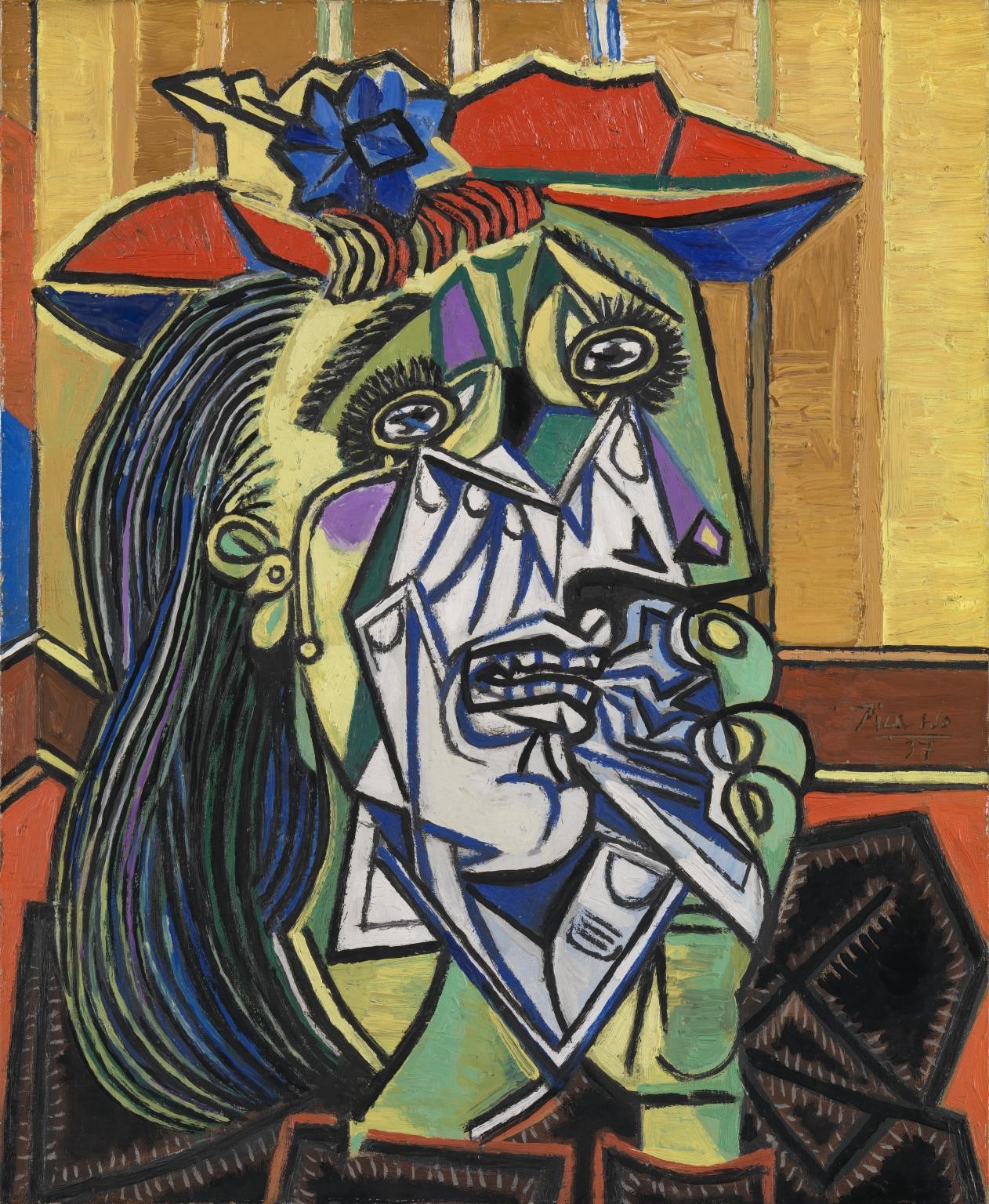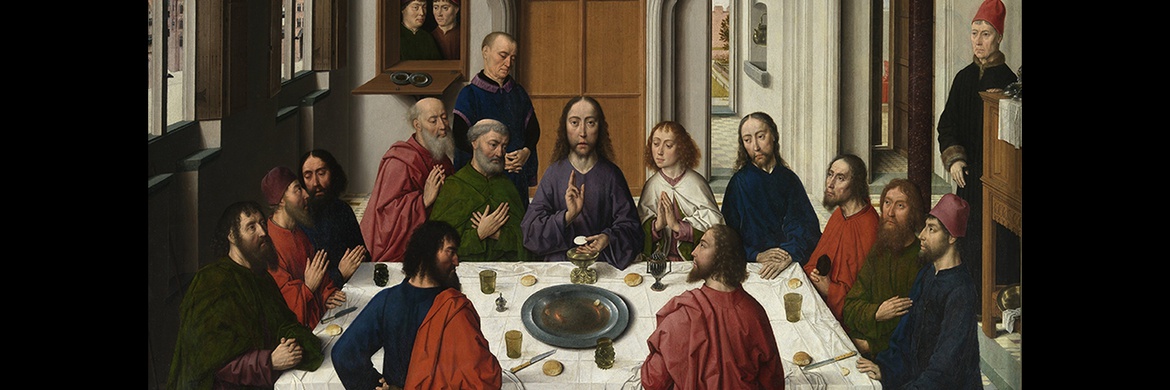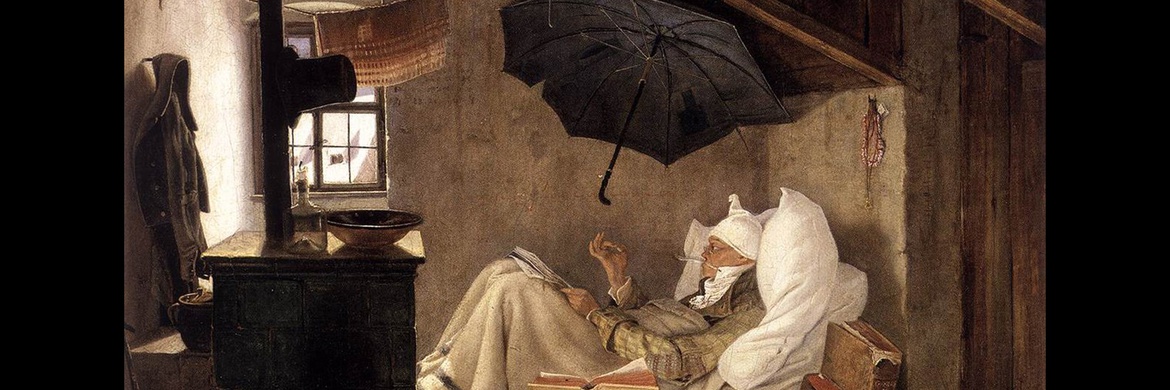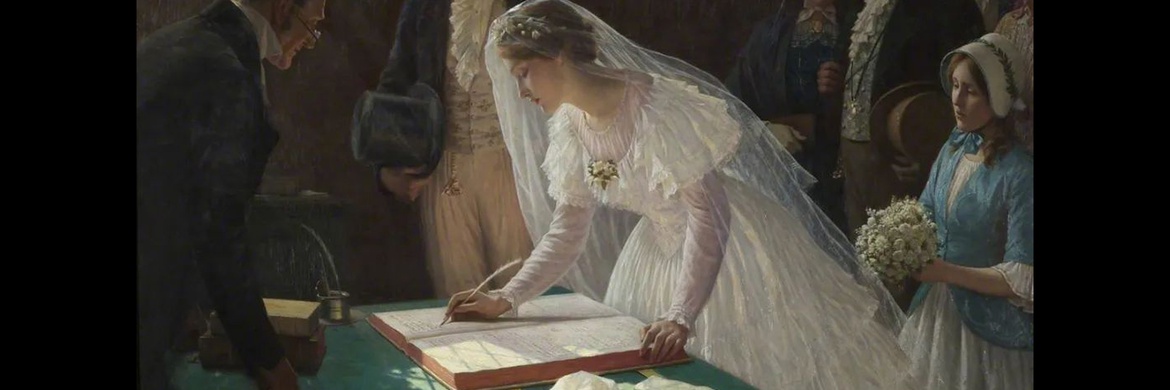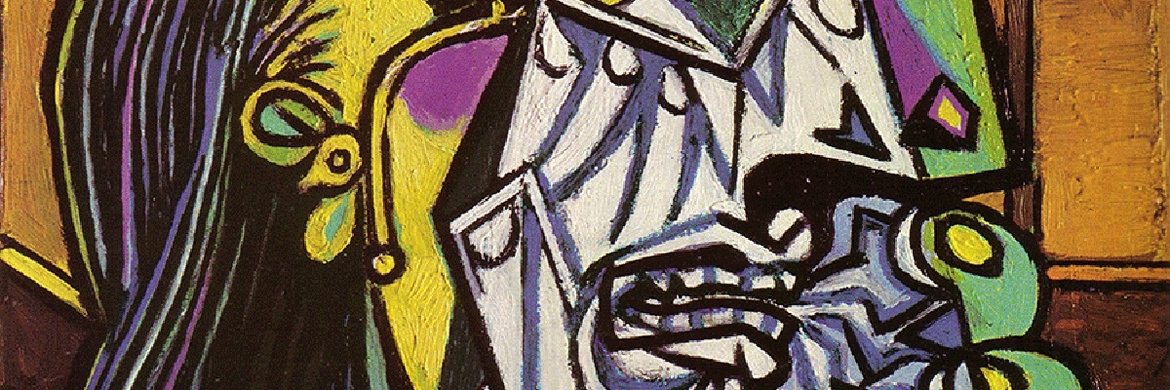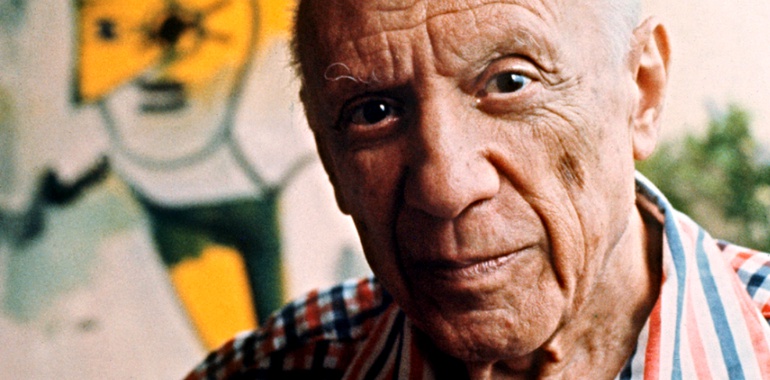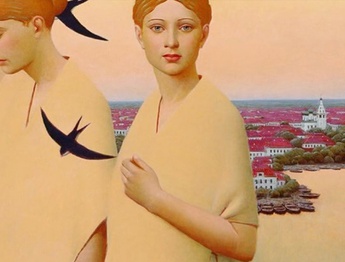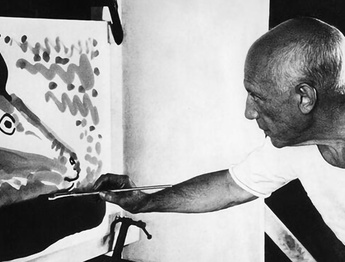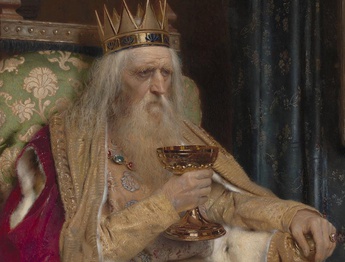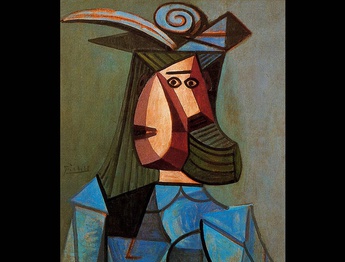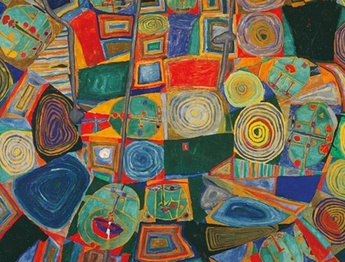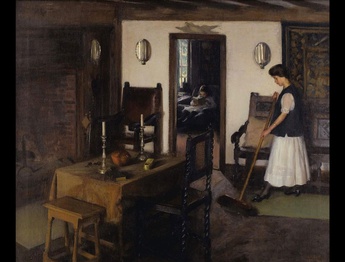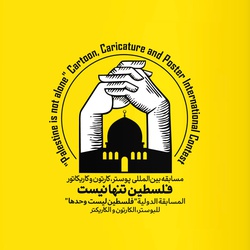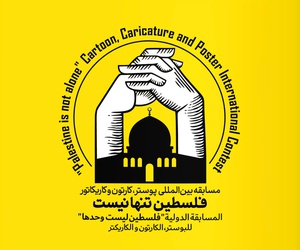The Spanish painter and sculptor Pablo Picasso was one of the most famous artists in the history of Western painting, who played a significant role in the Cubist art industry, to the extent that nothing has been able to define Picasso's genius in the evolution of Cubist style; He was also the founder of abstract art in this field.
Pablo Picasso was born in Spain in 1881 and was the eldest child in the family; In 1891, when Picasso was fourteen, he began studying at the College of Fine Arts, and his talent flourished; Years later, in 1896, Picasso became an advanced student at the Royal San Fernando Academy in Madrid.
After studying Picasso, he returned to Barcelona and continued his professional activities; Barcelona was one of the most important cultural centers in Spain at that time. From 1900 to 1903, Picasso traveled extensively in Spain and France, and held his first solo painting exhibition in 1901 in Paris; In the late twentieth century, Paris was the center of international art in the world.
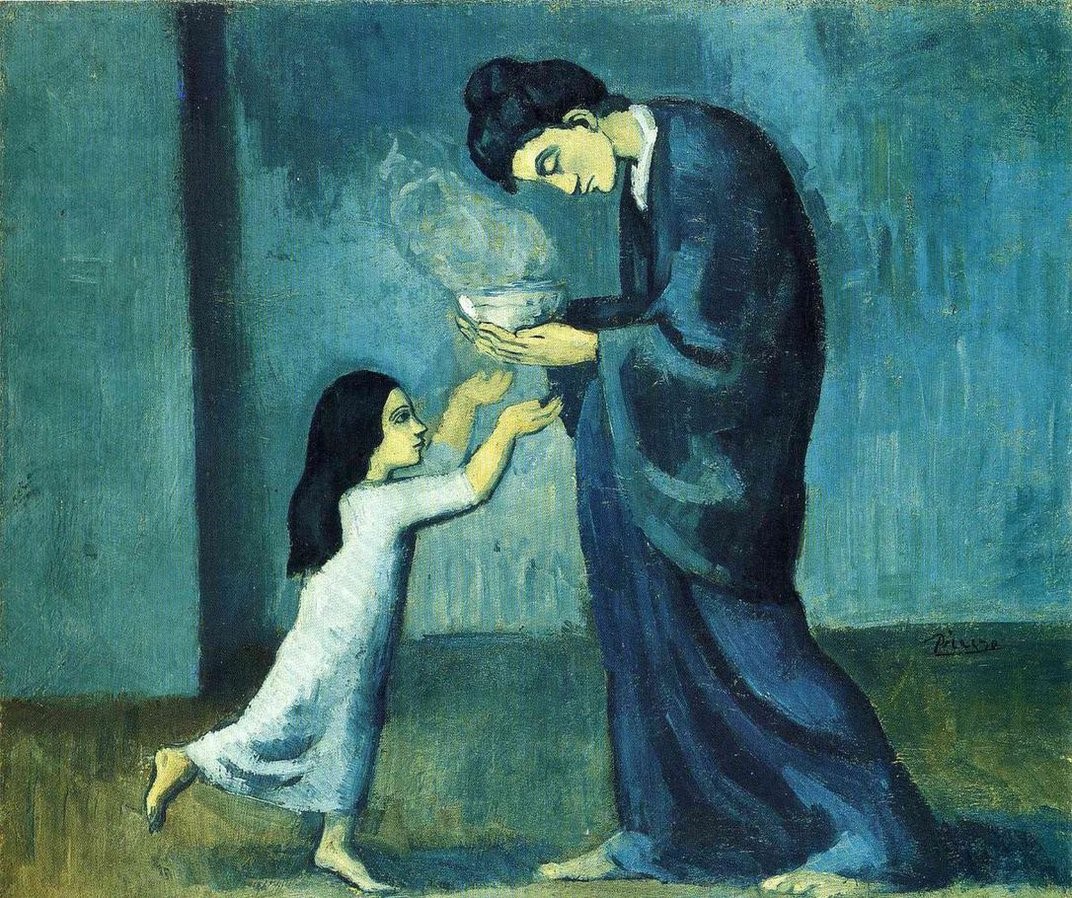
From 1901 to 1904, he was known as Picasso's Blue Age because during this period most of his works included lifeless blue shadows and slender and melancholy figures, which some consider to be the source of Picasso's thoughts; Two examples of these works that are also very famous are "Old Guitarist" and "Life".
By the end of 1904, Picasso's work had taken on a new style and form; During this period, his paintings took on softer colors, such as pink. One of Picasso's most famous styles was collage, and his most famous work in this field was "Still Living with a Wooden Chair."
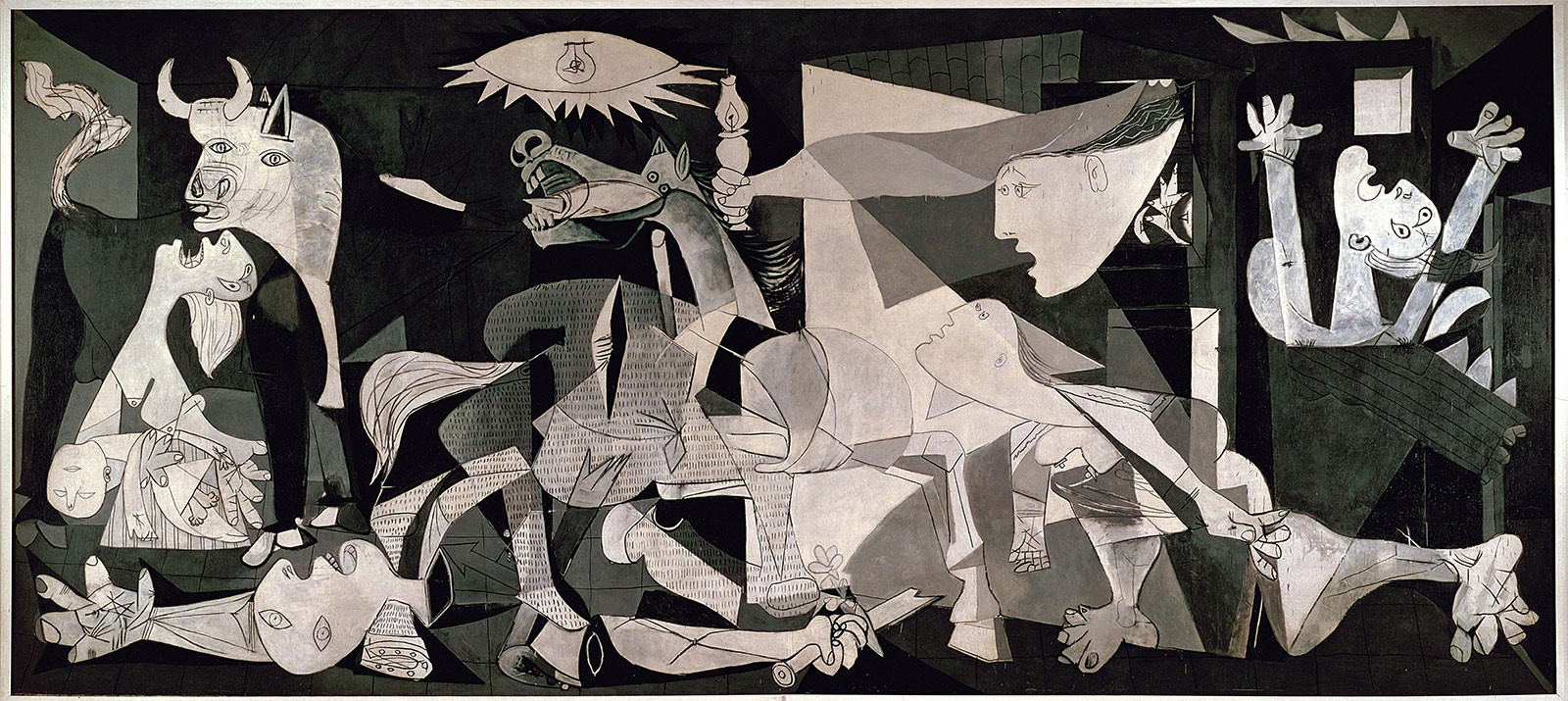
In the early 1920s, Picasso turned to classical and realistic paintings, and one of his most famous works in this field is The Woman in White; In the 1930s, Picasso created his famous work "Guernica" for an exhibition in Paris, which became one of his best works; Guernica is an extraordinary work in the history of modern art that combines the colors white, black and gray and presents images of social and political suffering.
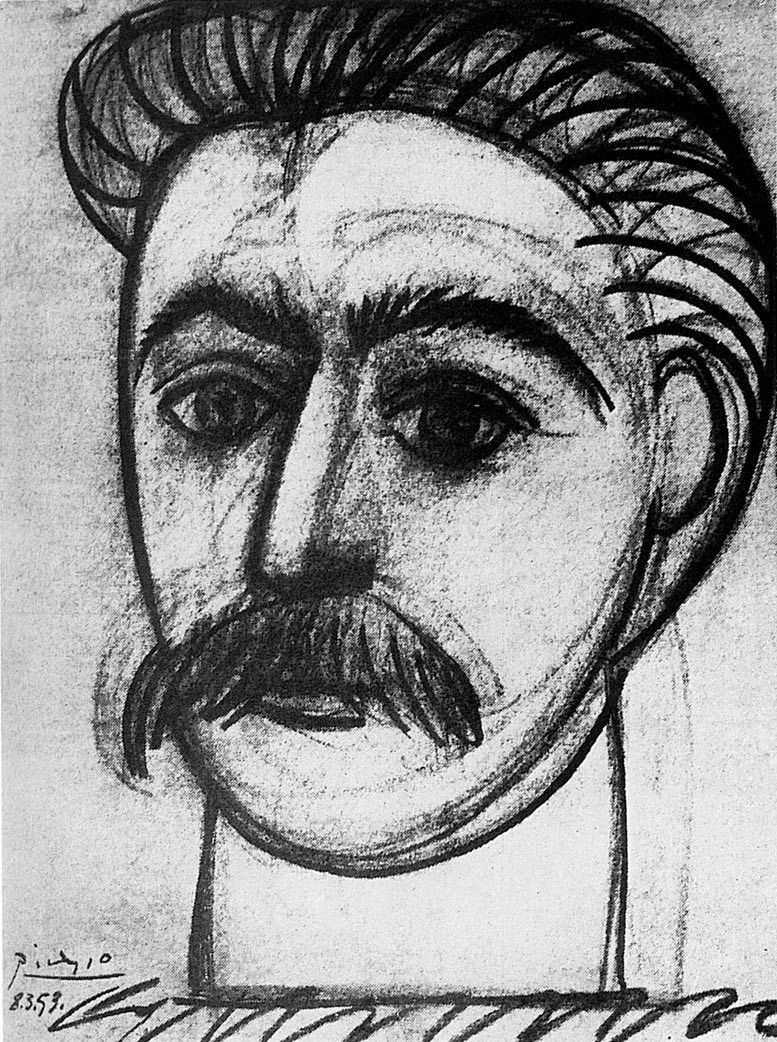
Stalin
Picasso formally declared communism in 1947; In 1953, Picasso painted a portrait of Joseph Stalin, which was not to the liking of the Communist Party, and the Soviet Union boycotted his work.
Cubism was the most significant achievement of Picasso's life; Pablo Picasso had two marriages and lived in France before his death, where he died in 1973.
